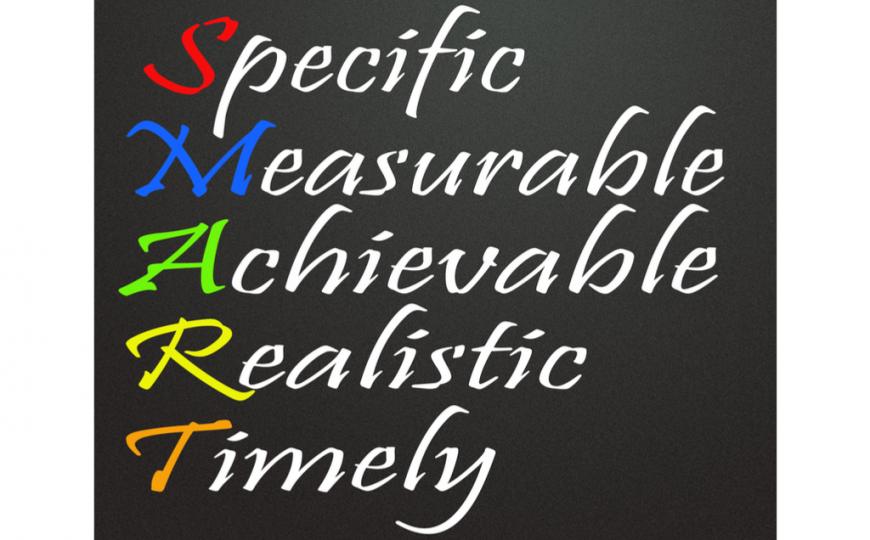So now that you know “what” you are doing and “why”, we need to think about “how”. You did some preliminary work in your Research. The next step is to think about sequence of presentation, semantics, how you are going to illustrate your point, etc. The answers to these questions will tell you what Materials you will need. If you plan to write new words on a blackboard you will need chalk. White or colored? Or do you need markers for a whiteboard instead? Or have you prepared the words on a PowerPoint and need to make sure your computer and its connection to the projector are working?
You also want to consider what materials your students will find more Engaging. What are your students “in to”? This is often dependent on gender, age and current trends. ![]() Utilizing your student(s) interest to hook them into your lesson makes your lesson Engaging. You may have taught a specific subject to the same grade for years. The “what’s trending now” contribution to Engagement is where you need to constantly check if your lesson needs to be updated.
Utilizing your student(s) interest to hook them into your lesson makes your lesson Engaging. You may have taught a specific subject to the same grade for years. The “what’s trending now” contribution to Engagement is where you need to constantly check if your lesson needs to be updated.
However, there are certain basic principles to making a lesson engaging that stand the test of time, age, stage and trends. One principle is that people are born self-centered. Have you ever heard of a baby stopping to think, “My hunger can wait, my mom needs to sleep until daylight”? Another principle of an engaging lesson is, the more concrete your lesson the easier it is for your student to engage and retain the information. Both of these principles require a more in depth discussion at another time, but for now I will say this…
To paraphrase an aphorism, no one plans to fail, the failure lies in failing to plan. Keeping in mind that you have a limited amount of time and possibly even less attention, consider every lesson an elevator pitch. If you do a good pitch the person will be interested in hanging around to hear more, even after they have reached their floor. What makes the person interested? When they feel that what you are saying is relevant to them and can benefit them in some way. It’s important to know your audience. The best teacher trainings I do are those where I can give a questionnaire to the teachers beforehand to find out what they are interested in and not just speak to the principal’s or supervisor’s requested agenda.
The only component of our lesson planning left is the Check for Understanding. This is where you need to figure out a way to ascertain that your students genuinely understand what you have taught and can apply the lesson learned. This is where you measure how realistic and achievable your S.M.A.R.T. goal was. You want to be sure that your means of checking enables you to check every student in the class. This can take some creativity given the typical class size and the limited time available. One method I like to use, even at the college level, is the vote. This can either be a yes/no vote or a multiple choice. For example, if I taught something involving a sequence of steps such as mathematical priority or a biological process I may list 5 steps out of sequence and ask them to vote on which step goes first 1,2,3,4 or 5. Each student must respond by raising the number of fingers representing their choice of answer. The nice thing about the flipped classroom model (in theory) is that the whole focus of class time is on the Check and clarifying any misunderstandings.
![]() Why don’t questions such as “Does everyone understand?” or “Do you have any questions?” make for a good Check?
Why don’t questions such as “Does everyone understand?” or “Do you have any questions?” make for a good Check?
Until next time,
![]()



